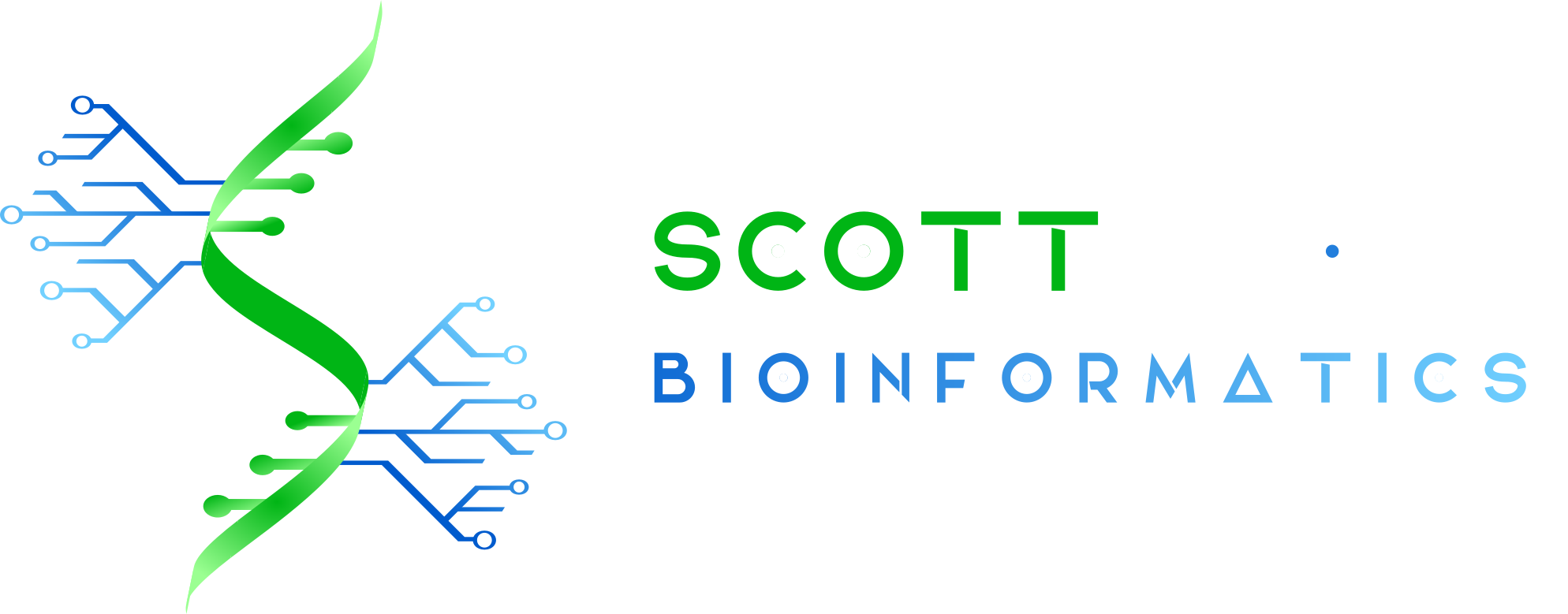
G4RNA Help
This page contains a short description of each functionality of the G4RNA browsing tool. The G4RNA database is publicly available for users to perform comparative analysis between known RNA G-quadruplexes. It can also be used as a quick reference tool to extract available data on RNA sequences tested for G-quadruplex folding. The browsing tool is designed mainly to perform precise queries. Even though it can be used to generate large tables of results, users are advised to contact Jean-Michel Garant to obtain the entire database: jean-michel(dot)garant(at)usherbrooke(dot)ca
Search engines
There are two different search engines available to query the G4RNA database. They can be used independently or altogether in order to perform a more complex query. To select a search engine, the user must check the corresponding box.
Keyword driven search
The keyword search engine allows the user to search G4RNA's entries using a chain of character to obtain as result every corresponding sequences. Three form fields are used to formulate the query.
Gene symbol: Search for the symbol attributed to a gene by the HUGO Gene Nomenclature Committee (HGNC).
Sequence: Search for an RNA sequence.
Experiment: Search for an experiment used to validate the folding of a G-quadruplex.
Reference: Search for a reference of a paper as defined by Nature publishing group.
doi: Search for a digital object identifier, a unique chain of character attributed to every paper published.
Contains: The supplied term must be found within a G4RNA entry for it to be shown in results. Only one term at the time may be searched with the "Contains" search type. However "Contains" search type supports regular expressions and IUPAC's nucleic acid code alphabet (R,Y,W,S,[...],N) to increase the freedom of the user's query
Exact: The supplied term must match perfectly the corresponding entry in G4RNA for it to be shown on screen in the search results. It is possible to search for more than one term at a time with the "Exact" search type by spacing them with a new line, a space character or any of the following characters [ , ; : - _ ].
Position driven search
The position search engine uses the human genome (hg38) annotations to locate G4RNA's entries on the 24 human chromosomes within a user supplied interval. Three fields are used to define the request.
All: All entries of G4RNA without any restriction related to chromosome.
1, 2, 3, [...], 22, X, Y: Indicates which of the 24 human chromosome will be investigated.
Not in Genome: Select entries not found at a specific chromosomal position such as telomeric repeat-containing RNA (TERRA) and artificial sequences.
Display fields
Choices available as display fields allow the user to personalize the research results by selecting relevant information to display on screen. The results order is also customizable using the sorting options. All available information choices are described below in 4 categories:
Sequences
Each entry in G4RNA contains an RNA sequence that was tested in laboratory for G-quadruplex folding. Information gathered on those sequences are listed below:
Experiments
Experimental results and references.
Predictions
Values obtained by submitting the sequences to different G-quadruplex prediction tools.
QGRS Mapper
The QGRS Mapper is a G-quadruplex predictive tool developed by O. Kikin, L. D'Antonio and PS. Bagga. It screens a sequence to find potential G-quadruplexes and scores them considering the number of quartets and the difference between each loops length. The information displayed using this option was obtained for the maximal scored potential G-quadruplex in each sequences of G4RNA using an adapted version of the QGRS Mapper using the following parameters: a maximal length of 45 nt, a minimal number of quartets of 2 and loops size ranging between 1 and 7 nt.
Sorting
Results of the query can be sorted by choosing a characteristic and an order (Ascending or descending). The choices match the display fields defined above and include:
Results
Research results are presented in a table where columns are defined by the display fields chosen by the user. Their order is the same as in display fields. Sequences, references and 2D structures more than 45 characters long are truncated to keep the table readable. Truncated informations are clickable in order to display the complete information in a pop-up bubble.
Results are also downloadable using the button above the table. The table will be converted in a comma separated values format (.csv) which is supported by most spreadsheet applications such as Microsoft Excel and LibreOffice Calc.
Contact us
G4RNA is developed in collaboration with the research group of Jean-Pierre Perreault Ph.D. and is supported by the RiboClub.
G4RNA is managed by Jean-Michel Garant. All comments, questions or suggestions should be communicated via e-mail : jean-michel(dot)garant(at)usherbrooke(dot)ca
